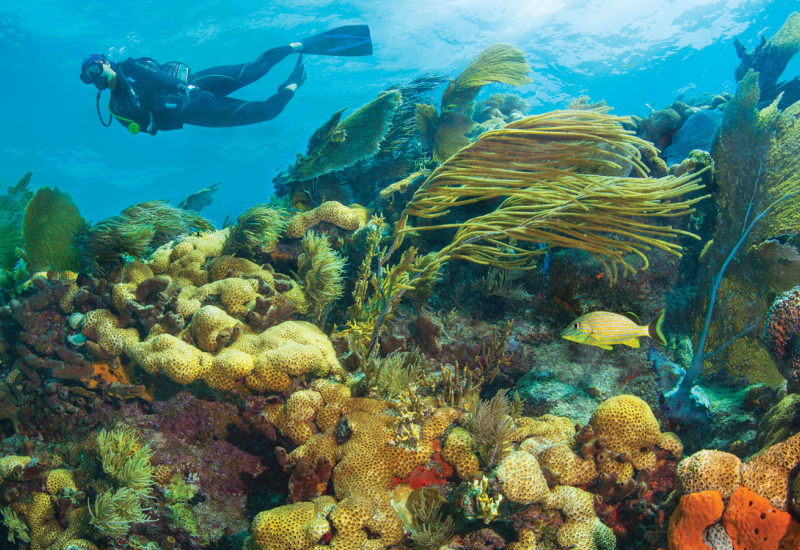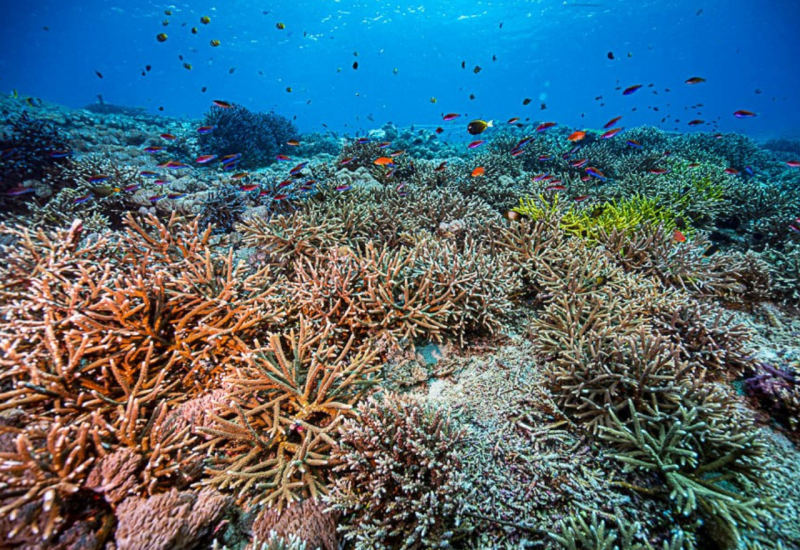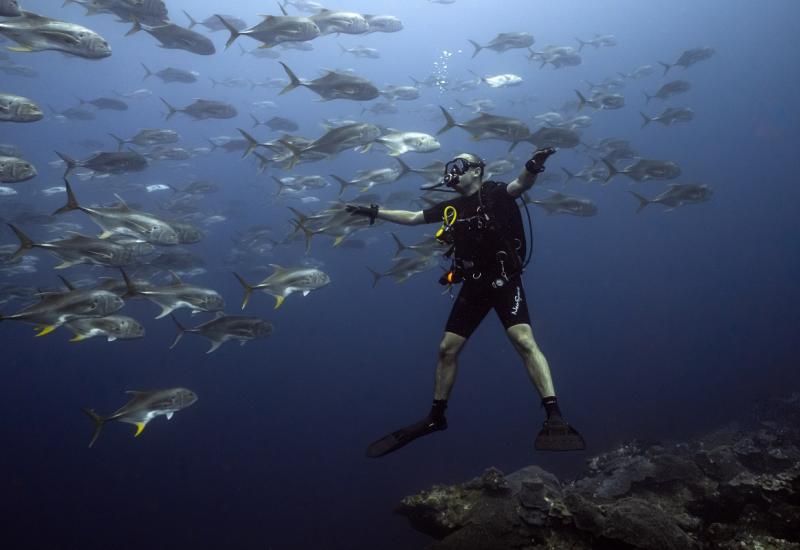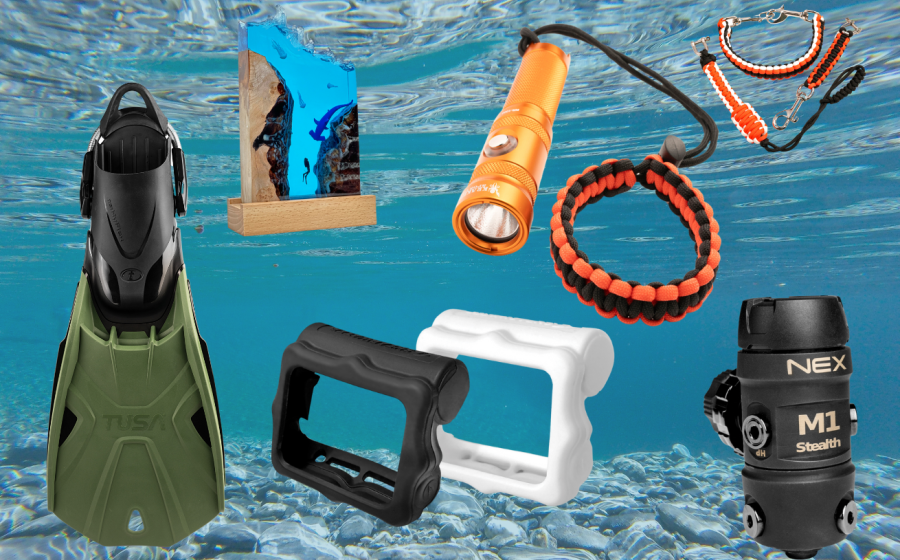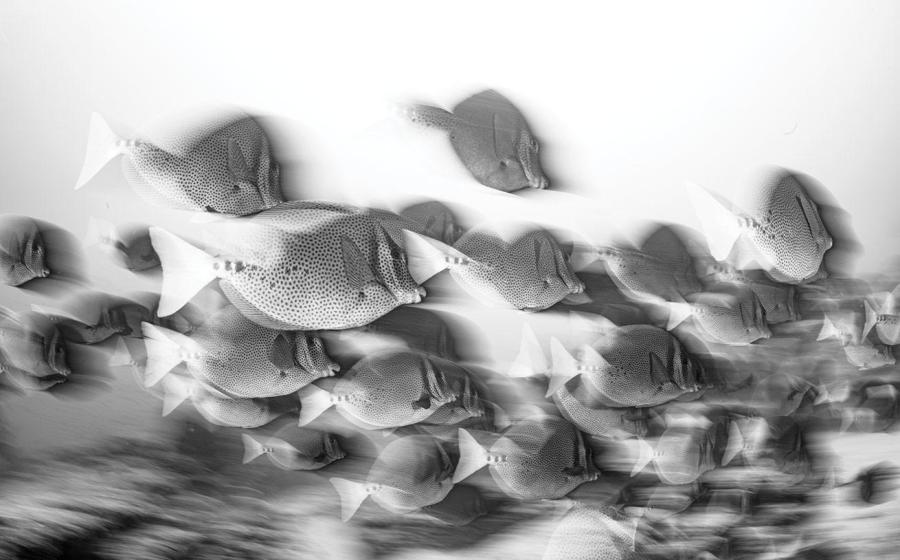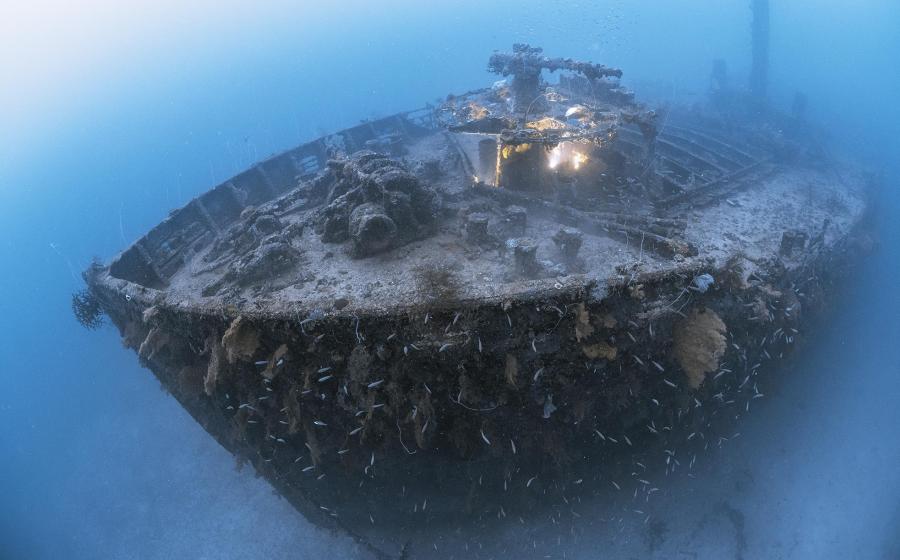Can Plastic-Free ‘Reef Cubes’ Save Coral Reefs?
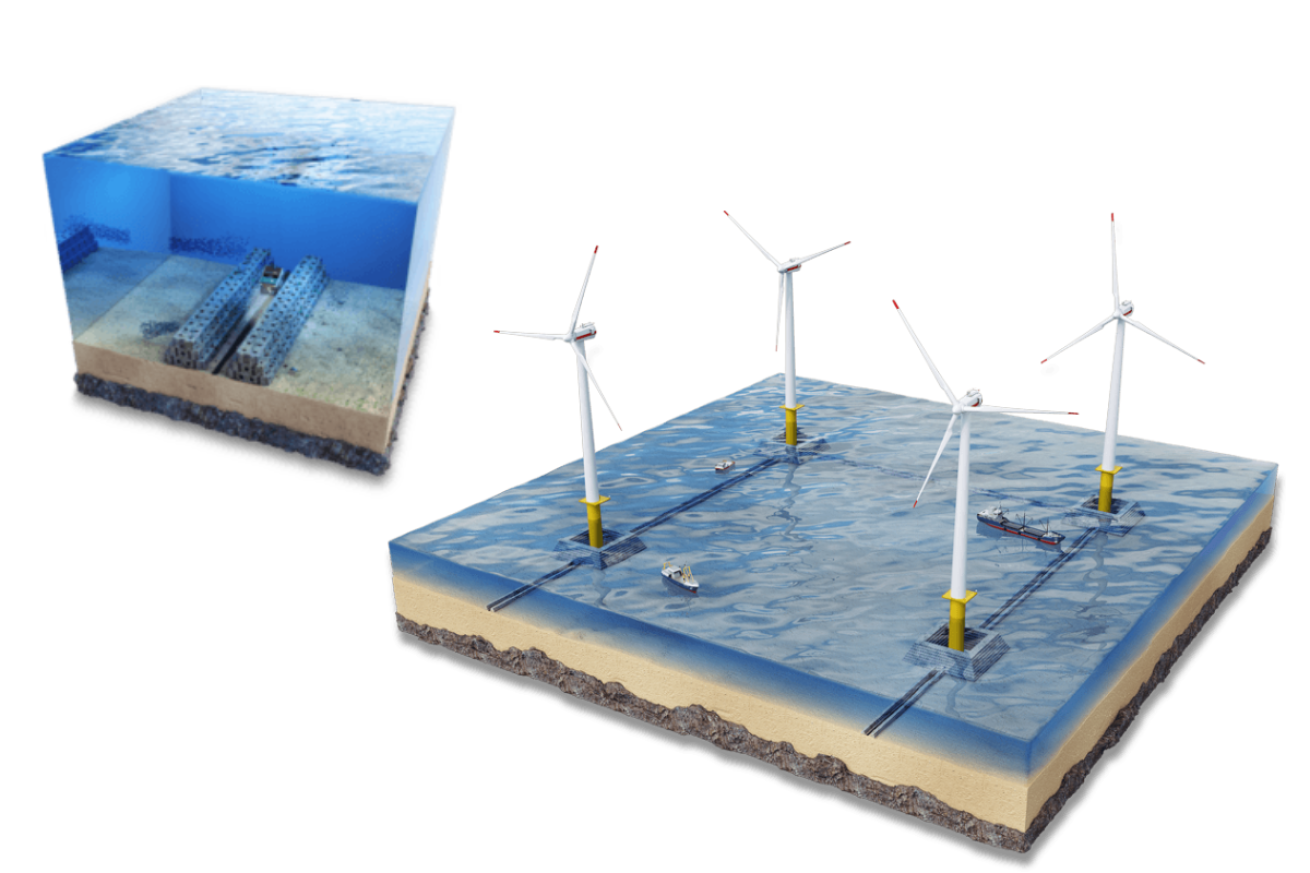
Courtesy ARC MarineARC Marine illustrations model how Reef Cubes will anchor offshore wind farms.
Artificial reefs can be a boon to ocean health and biodiversity. But they’re not only useful for creating marine life habitats — they also play an important role in protecting offshore technologies like wind turbines from tidal erosion.
In the past, marine engineers have used concrete blocks to secure the bases of these towering structures, but they’ve been criticized for containing plastics and have needed to be removed and recycled.
Now, startup ARC Marine is producing a sustainable alternative: Reef Cubes. These interlocking structures are made from aggregate and sand that are a byproduct of the quarrying industry. Because these materials are being recycled, their production reduces carbon emissions by 90 percent compared to traditional concrete manufacturing.
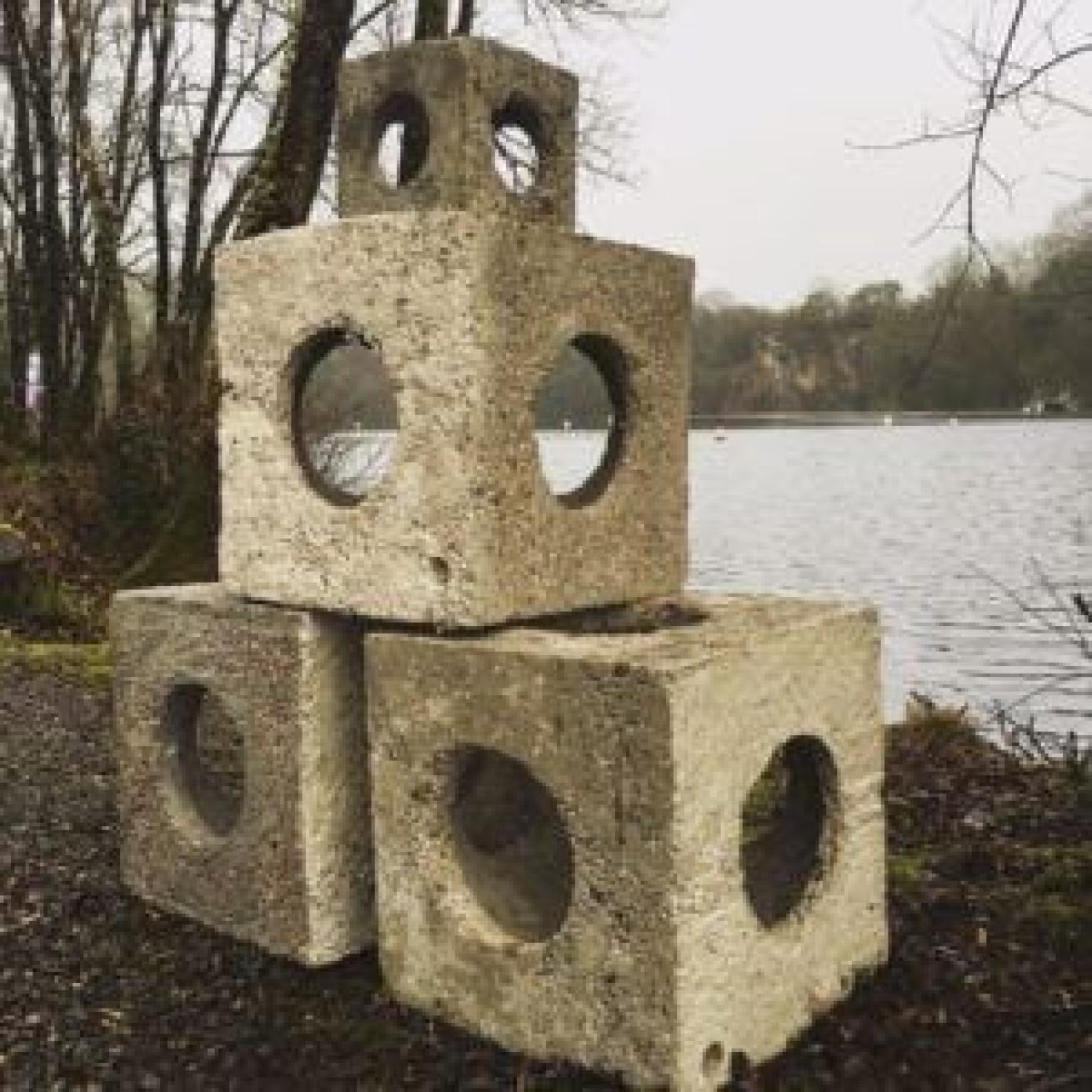
Courtesy ARC MarineReef Cubes are made of recycled aggregate and sand, reducing carbon emissions by 90 percent compared to traditional concrete manufacturing.
The CEO and founder of ARC Marine, Tom Birbeck, tells the World Economic Forum that Reef Cubes are “building blocks for the ocean.” He says they were inspired to show how offshore building can positively impact ocean health instead of degrading it.
“Reef Cubes accelerate reef creation and help repair ecosystems that have been destroyed from centuries of bottom trawling and dredging,” Birbeck says. “The global increase in offshore wind demand provides an unprecedented opportunity to rebuild rocky reef habitats around offshore construction projects which historically have caused damage and often deploy toxic and plastic-laden materials.”
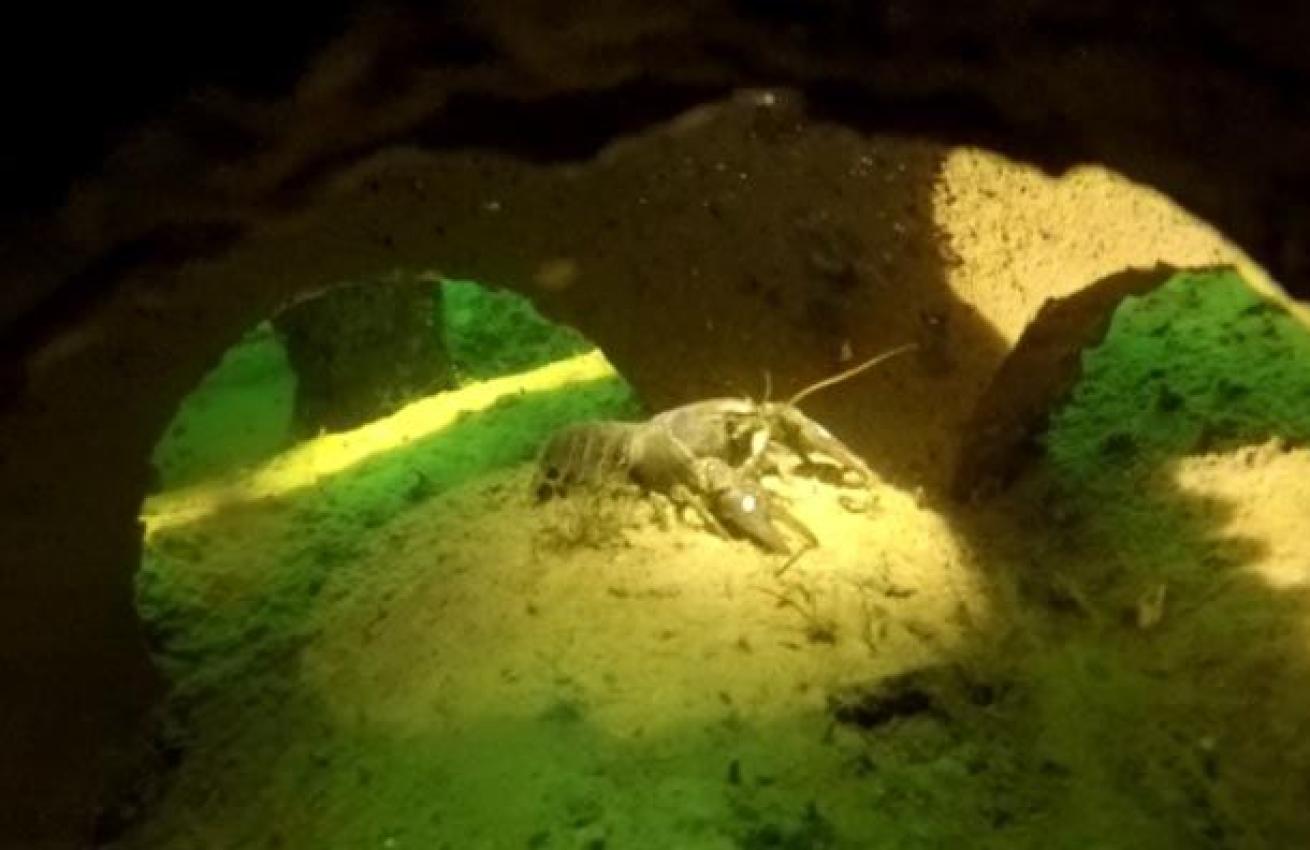
Courtesy ARC MarineA crayfish rests in a Reef Cube installation nine months after its deployment.
The cubes’ design provides natural reef-like holes and crevices that act as prime habitats for species like fish, crabs and lobsters. They’re also porous, which allows marine plants to attach and grow more easily.
As environmentally safe structures, Reef Cubes don’t need to be removed after a wind farm is decommissioned. Currently, ARC Marine says, the cost of removing existing concrete mats is about $33 million per one-gigawatt farm. This will not only save tremendous amounts of money, but it will also create permanent solutions to ocean habitat loss and could, as Birbeck hopes, encourage sustainable fishing and ecotourism around marine engineering.
Related

